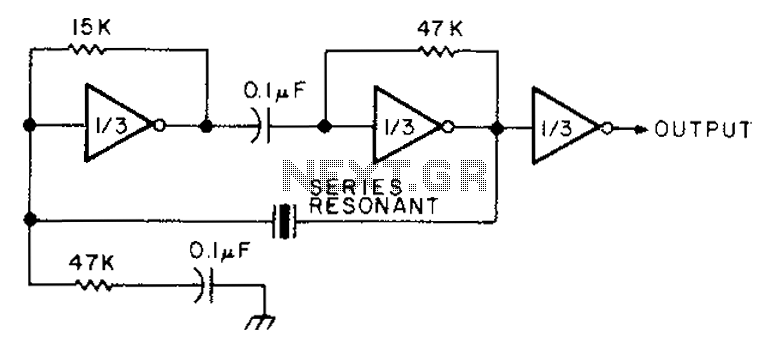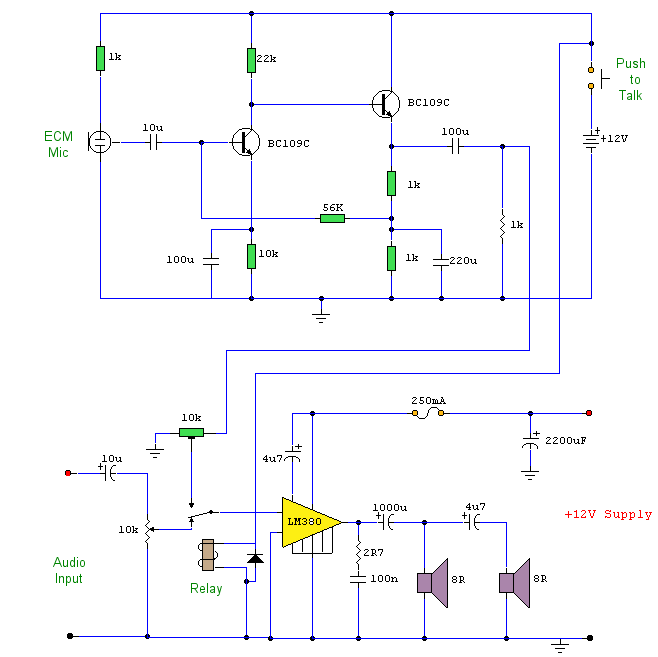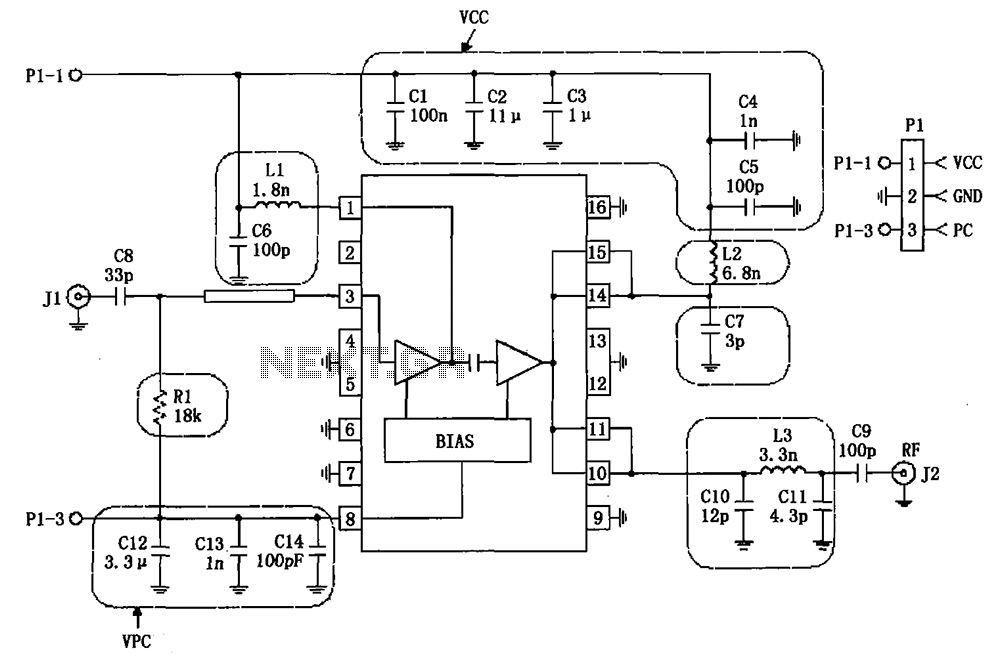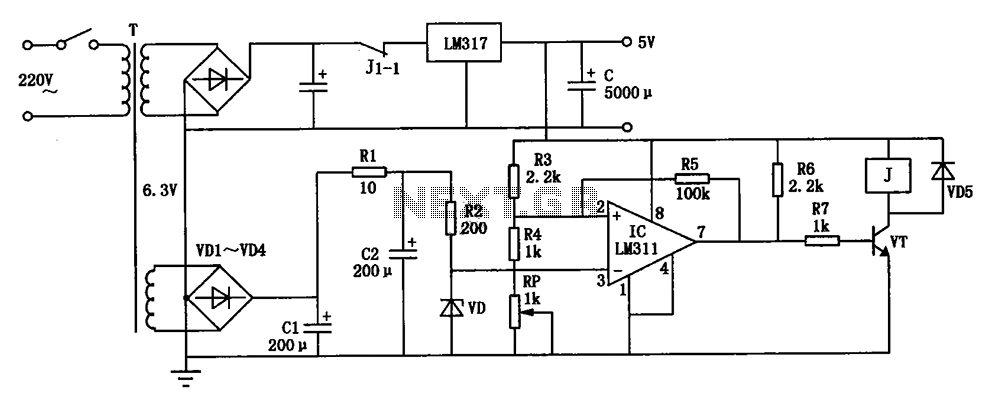
Pachisi Game Circuit
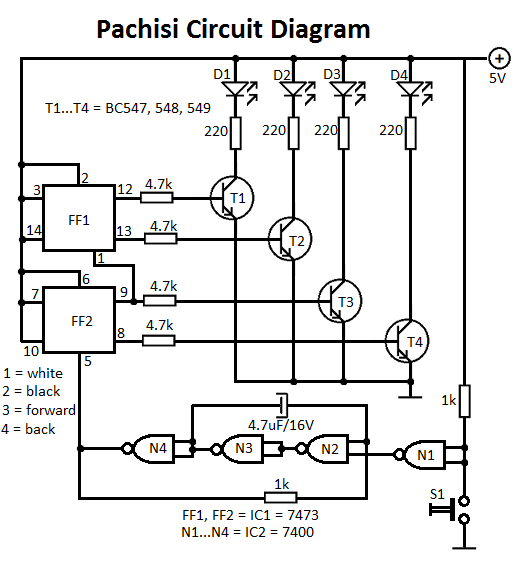
The Pachisi game is designed for two players. Each player has one figurine, which is initially placed on positions indicated by arrows on the game board.
The Pachisi game, often referred to as the "Royal Game of India," is a traditional board game that incorporates elements of strategy and chance. The game board is typically cross-shaped, with each arm representing a player's path. Each player starts with a single figurine positioned at their respective starting point, marked by arrows that guide movement.
The objective of the game is to navigate the figurine around the board and reach the home space, which is located at the center of the cross. Players take turns rolling a set of dice, which dictate the number of spaces a figurine can move. The movement is not linear; players must strategically decide when to move forward or when to block opponents.
The game includes special squares that may offer advantages, such as safe zones where players cannot be captured, or bonus moves that allow for additional movement. Capturing an opponent's figurine sends it back to their starting position, adding a layer of competition and strategy to the gameplay.
To enhance the game's experience, a well-designed electronic schematic could be developed, incorporating sensors to detect player moves, LED indicators to highlight active players, and sound effects to simulate dice rolling. Such a design would require microcontrollers to manage the game state, and a user interface that displays player positions and game status. Power supply considerations would also be necessary to ensure consistent operation throughout gameplay.Pachisi game is designed for two persons. Each player has one figurine; the figurines are found in the early game on positions indicated by arrows. The goa.. 🔗 External reference
The Pachisi game, often referred to as the "Royal Game of India," is a traditional board game that incorporates elements of strategy and chance. The game board is typically cross-shaped, with each arm representing a player's path. Each player starts with a single figurine positioned at their respective starting point, marked by arrows that guide movement.
The objective of the game is to navigate the figurine around the board and reach the home space, which is located at the center of the cross. Players take turns rolling a set of dice, which dictate the number of spaces a figurine can move. The movement is not linear; players must strategically decide when to move forward or when to block opponents.
The game includes special squares that may offer advantages, such as safe zones where players cannot be captured, or bonus moves that allow for additional movement. Capturing an opponent's figurine sends it back to their starting position, adding a layer of competition and strategy to the gameplay.
To enhance the game's experience, a well-designed electronic schematic could be developed, incorporating sensors to detect player moves, LED indicators to highlight active players, and sound effects to simulate dice rolling. Such a design would require microcontrollers to manage the game state, and a user interface that displays player positions and game status. Power supply considerations would also be necessary to ensure consistent operation throughout gameplay.Pachisi game is designed for two persons. Each player has one figurine; the figurines are found in the early game on positions indicated by arrows. The goa.. 🔗 External reference
